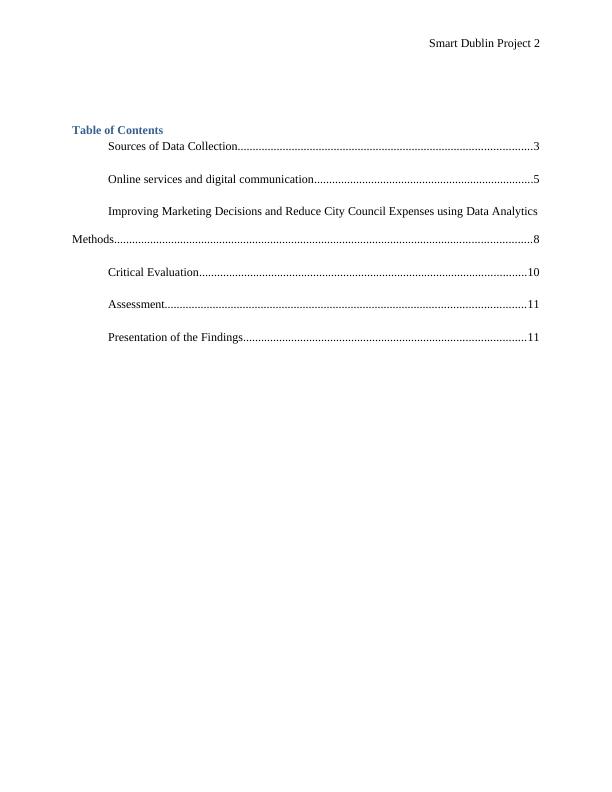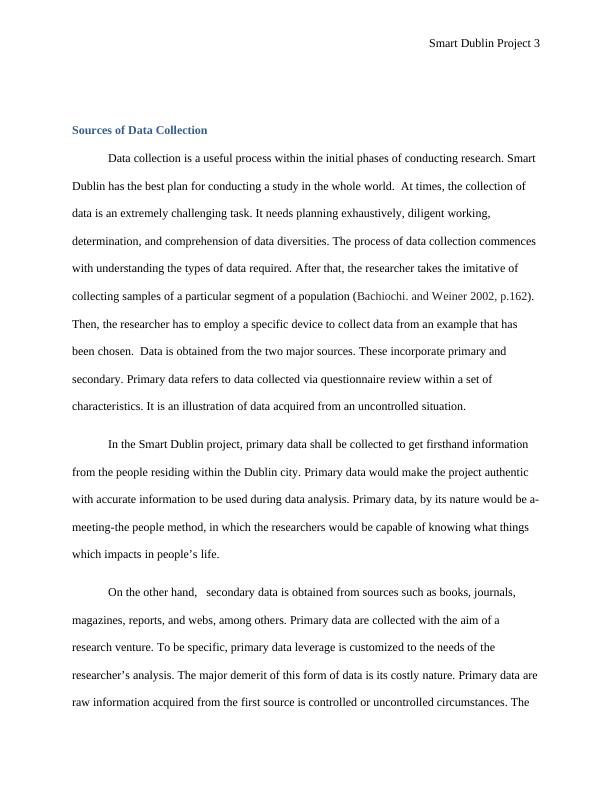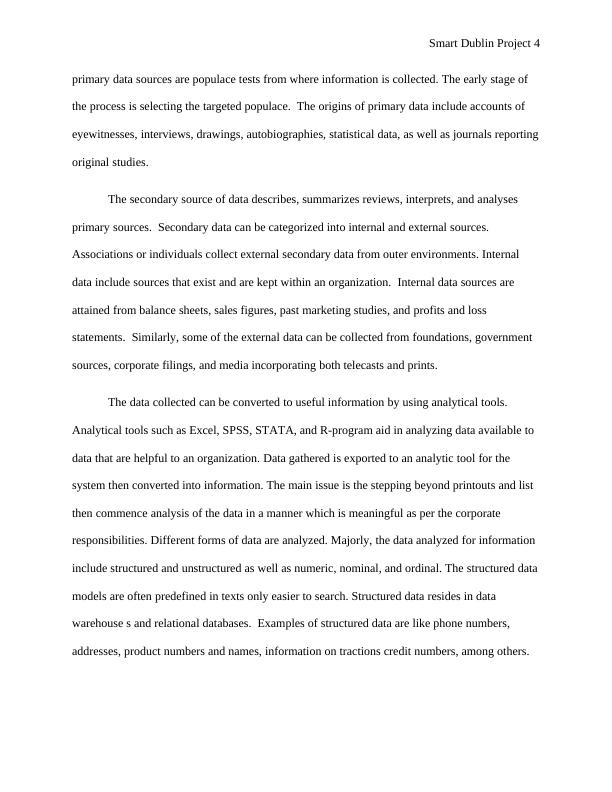Smart Dublin Project 11 Assessment 2022
Generate a smart idea/application to improve city life in Dublin using smart technologies and data-driven analytics.
12 Pages2802 Words10 Views
Added on 2022-08-12
Smart Dublin Project 11 Assessment 2022
Generate a smart idea/application to improve city life in Dublin using smart technologies and data-driven analytics.
Added on 2022-08-12
ShareRelated Documents
End of preview
Want to access all the pages? Upload your documents or become a member.
Data Analytics in Smart City
|9
|2039
|154
Project Report on Business Decision Making | Thomas Cook
|26
|5637
|180
Business Decision Making
|27
|3944
|387
The 2008 Financial Crisis Revisited Assignment
|134
|35972
|38
Assignment on Gathering Marketing Research
|7
|1255
|438
Secondary Research Data: Advantages, Disadvantages, and Purpose
|8
|1358
|40




